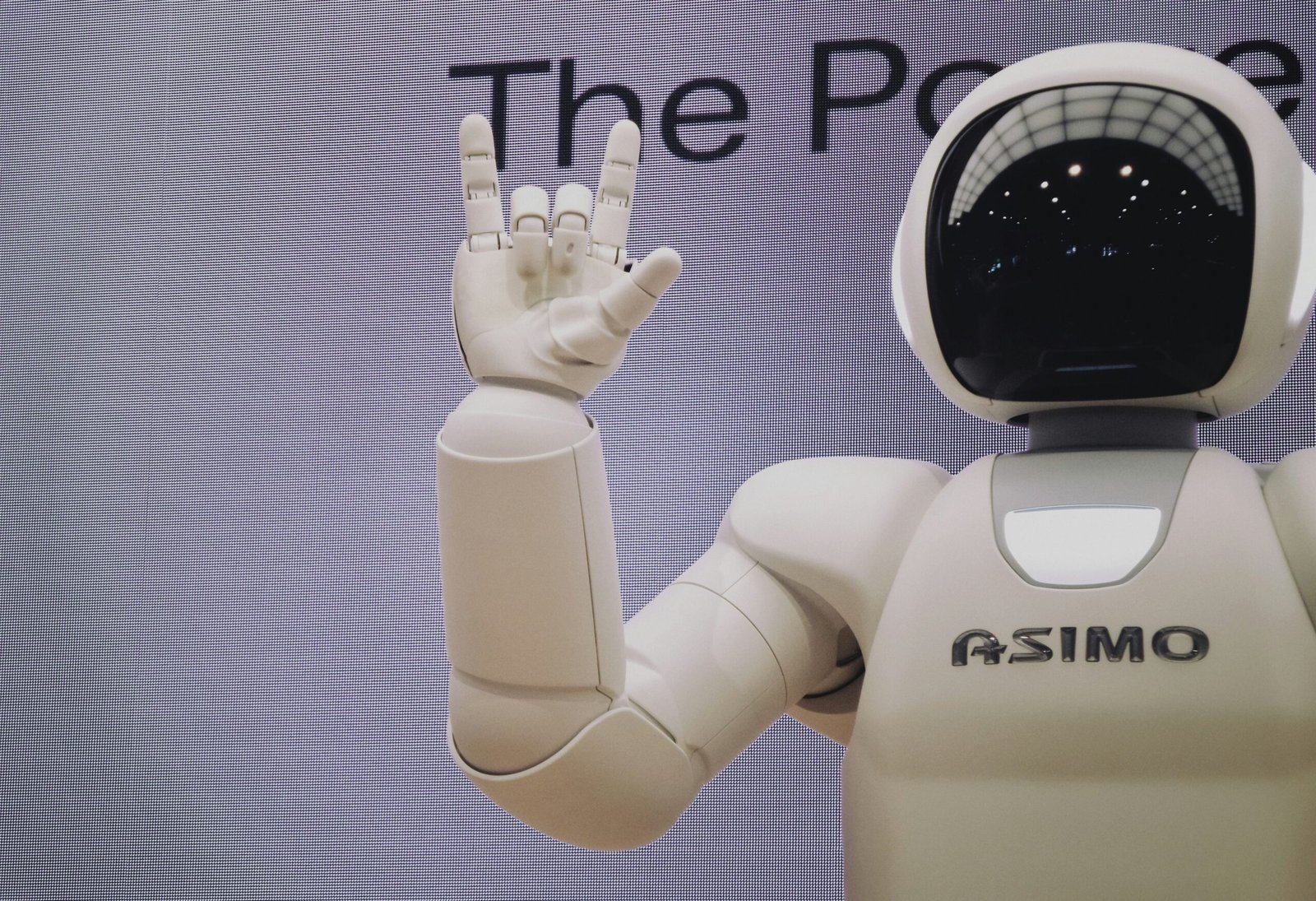In recent years, Meta, formerly known as Facebook, has undergone a transformative journey in its technological ambitions. Initially celebrated for its advancements in generative AI, including natural language processing and image synthesis, the company is now shifting its focus toward developing advanced humanoid robots. This strategic pivot reflects a broader vision to redefine human-technology interaction and expand the boundaries of what artificial intelligence can achieve.
The significance of Meta’s transition from generative AI to humanoid robotics cannot be overstated. While generative AI has made waves through applications in content creation and automated customer service, humanoid robots present an entirely new realm of capability and functionality. By merging advanced AI with robotics, Meta seeks to create machines that not only perform tasks but also engage in social interaction and replicate human-like behavior. This ambition positions Meta at the forefront of the tech industry, potentially setting new standards for how we perceive and interact with robots in daily life.
Historically, Meta has invested heavily in AI and machine learning technologies. The company’s past initiatives have focused on utilizing AI to enhance user experiences across its platforms, from targeted advertising to social connectivity. However, the leap toward humanoid robotics signifies a strategic shift that could revolutionize various sectors, including healthcare, education, and personal companionship. As Meta ventures into this new domain, the implications for both the tech industry and society are profound. Enhanced humanoid robots may not only automate labor-intensive jobs but also create new job categories, reshape social dynamics, and challenge existing ethical considerations regarding human-robot relationships.
As Meta embarks on this ambitious journey, the outcomes of its endeavors in humanoid robotics will be closely monitored by industry experts and society alike, recognizing the potential to reshape the future landscape of technology and human interaction.
The Role of Generative AI in Meta’s Evolution
Generative AI has played a pivotal role in shaping Meta’s trajectory over the past several years, marking its significance in both innovation and technology. The core function of generative AI revolves around its capacity to create content, structures, and even mimic human-like interactions, thereby transforming various industries including social media, virtual reality, and more. As a foundational element in Meta’s overarching strategy, generative AI has facilitated remarkable advancements by enabling richer user experiences and expanding the creative boundaries of digital content creation.
The breakthrough in generative models, such as Generative Adversarial Networks (GANs) and transformer-based architectures, has underscored Meta’s leadership in this area. These innovations not only bolster content generation but also refine user engagement through personalization techniques. By leveraging generative AI, Meta has effectively harnessed data—transforming it into valuable insights that enhance advertising, social interactions, and immersive experiences. For instance, the introduction of AI-generated avatars on platforms like Facebook has revolutionized user interaction, making virtual communication more engaging and authentic.
However, this journey has not been without its challenges. Despite the impressive capabilities of generative AI, limitations such as ethical concerns and biases in algorithmic outputs have surfaced. Meta’s exploration into these issues reflects its commitment to responsible AI use, yet it also highlights the importance of balancing technological advancement with ethical considerations. The pathway forward involves addressing these challenges to build a seamless transition from generative AI applications into the realm of advanced humanoid robotics. As Meta continues to innovate, the insights gleaned from generative AI will play a crucial role in the successful development and deployment of robotics that can interact intuitively and responsibly with humans.
The Vision Behind Humanoid Robots
Meta’s significant investment in humanoid robots represents a strategic move aligned with its overarching vision for the future of human-centric technology. By developing humanoid robots, Meta aims to improve interactions between humans and machines, making technology more approachable and intuitive. The potential applications of these robots span various sectors, including healthcare, customer service, and entertainment, where their skill sets can provide transformative benefits.
In the healthcare industry, humanoid robots can assist in patient care, offering companionship and support to elderly individuals or those with disabilities. They can be programmed to remind patients to take their medications, monitor vital signs, or even assist medical professionals in basic procedures, thereby enhancing productivity and quality of care. Moreover, their capacity to mimic human emotions and behaviors can significantly improve the therapeutic experience for patients, fostering emotional connections that are essential for healing.
In customer service, humanoid robots possess the potential to revolutionize traditional interaction models. Their ability to deliver personalized service while handling multiple inquiries simultaneously can substantially improve operational efficiency within businesses. Furthermore, by utilizing natural language processing and machine learning algorithms, these robots can learn from customer interactions and continuously refine their responses, enhancing the overall customer experience.
Entertainment is another sector poised for disruption through the introduction of humanoid robots. Companies can now create lifelike characters capable of engaging audiences in new ways, from interactive storytelling to dynamic performances. This opens up opportunities for immersive experiences that blend the physical and digital worlds, transforming how people engage with entertainment.
However, as Meta delves deeper into the realm of humanoid robots, ethical considerations emerge concerning privacy, security, and job displacement. Addressing these challenges thoughtfully will be essential for fostering a healthy relationship between society and evolving technologies. By prioritizing these dimensions, Meta underscores its commitment to deploying advanced humanoid robots in a manner that promotes overall positive societal impact.
Future Perspectives: Challenges and Opportunities
The journey toward developing advanced humanoid robots presents Meta with a unique set of challenges and opportunities as it transitions beyond generative AI. One of the primary technical hurdles includes the complexity of creating robots that can interact meaningfully with humans in a variety of environments. This involves not only cutting-edge advancements in artificial intelligence but also sophisticated mechanical design and component integration. Ensuring that these robots can accurately process and respond to human emotions and physical movements will require significant research and development investment.
Moreover, public perception serves as another substantial challenge. The introduction of humanoid robots into daily life may trigger concerns around privacy, job displacement, and ethical implications. Addressing these issues will be crucial for Meta to foster acceptance and trust among users. Engaging with the public and addressing fears through transparent communication strategies and educational initiatives will be necessary to alleviate potential anxiety surrounding the technology.
Regulatory issues also pose a notable challenge. As the robotic landscape evolves, so too must the legal frameworks that govern it. Meta will need to collaborate with policymakers to establish guidelines and standards that ensure safety, security, and ethical use of humanoid robots across various sectors. However, these challenges come with compelling opportunities. Strategic partnerships with leading academic institutions and tech companies can facilitate innovation and breakthrough developments in humanoid technology.
Furthermore, the potential for novel applications in healthcare, customer service, and education positions Meta to be a leader in the robotics industry. As the technology matures, we can expect to see a significant evolution in humanoid robot functionality, ultimately enriching human experiences. By navigating the challenges effectively, Meta can harness the opportunities presented by this transformative field, cementing its position at the forefront of the robotics landscape.



